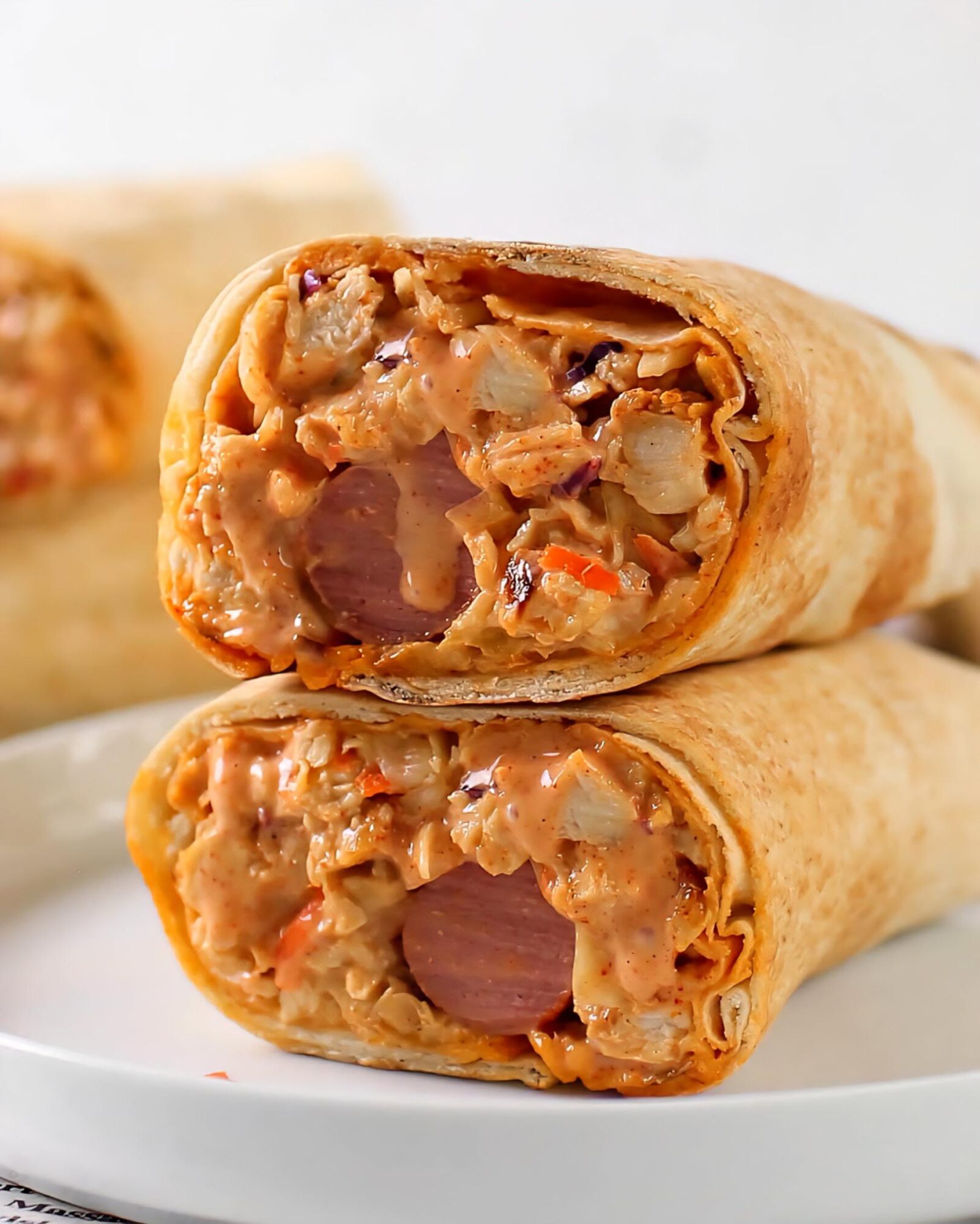Shawarma has become a culinary favorite in Nairobi, dominating both street food stalls and sit-down restaurants, and easily accessible through delivery services like Uber Eats and Glovo.
Its popularity is reinforced by local food bloggers and social media influencers who frequently showcase the meal on platforms such as TikTok and Instagram, highlighting its versatility and wide appeal.
What is Shawarma?
Originating in Turkey in the 19th century as döner kebab, shawarma spread across the Middle East, gaining fame in countries like Lebanon, Jordan, and Syria, before becoming a global sensation.
The dish is typically made from thinly sliced layers of marinated meat, including lamb, beef, chicken, turkey, or goat, stacked on a rotating vertical spit.
As the meat slowly cooks, it bastes in its own juices, producing tender, flavorful slices that are shaved off for serving. Shawarma is seasoned with aromatic spices such as cumin, turmeric, coriander, black pepper, paprika, and sumac.
Shawarma is usually served in pita bread, wraps, or sandwiches and can be paired with fresh vegetables like lettuce, tomatoes, pickles, and turnip. Popular sauces include garlic, tahini, and hummus.
It can also be customized with mixed meats or served alongside rice, fries, or traditional Middle Eastern salads such as tabbouleh and fattoush.
The dish offers a highly adaptable and customizable experience for diners, allowing them to enjoy it according to personal preference.
 A ready-to-eat Shawarma. PHOTO/HANDOUT/X
A ready-to-eat Shawarma. PHOTO/HANDOUT/XHow Shawarma is made
The rolled kebab technique, attributed to Turkish butcher İskender from Bursa, transformed how shawarma is prepared, allowing meat to cook evenly and be carved on demand.
The meat is stacked on a large rotating skewer or cone and slowly roasted in front of a heat source for hours. Extra fat from the meat may be included to enhance juiciness.
This method influenced the Greek gyro, though shawarma is distinguished by a richer spice profile, while gyros rely more on herbs.
Unlike gyros, shawarma is rarely served with tzatziki but often includes French fries either on the side or layered within the wrap.
In Nairobi, shawarma’s appeal lies not only in its rich flavor but also in its convenience and adaptability.
From fast-food outlets to premium restaurants, the dish is embraced by a diverse clientele, making it a staple for casual meals, late-night bites, and delivery orders. Its growing presence on social media also reinforces its status as a cultural and culinary phenomenon in the city.
